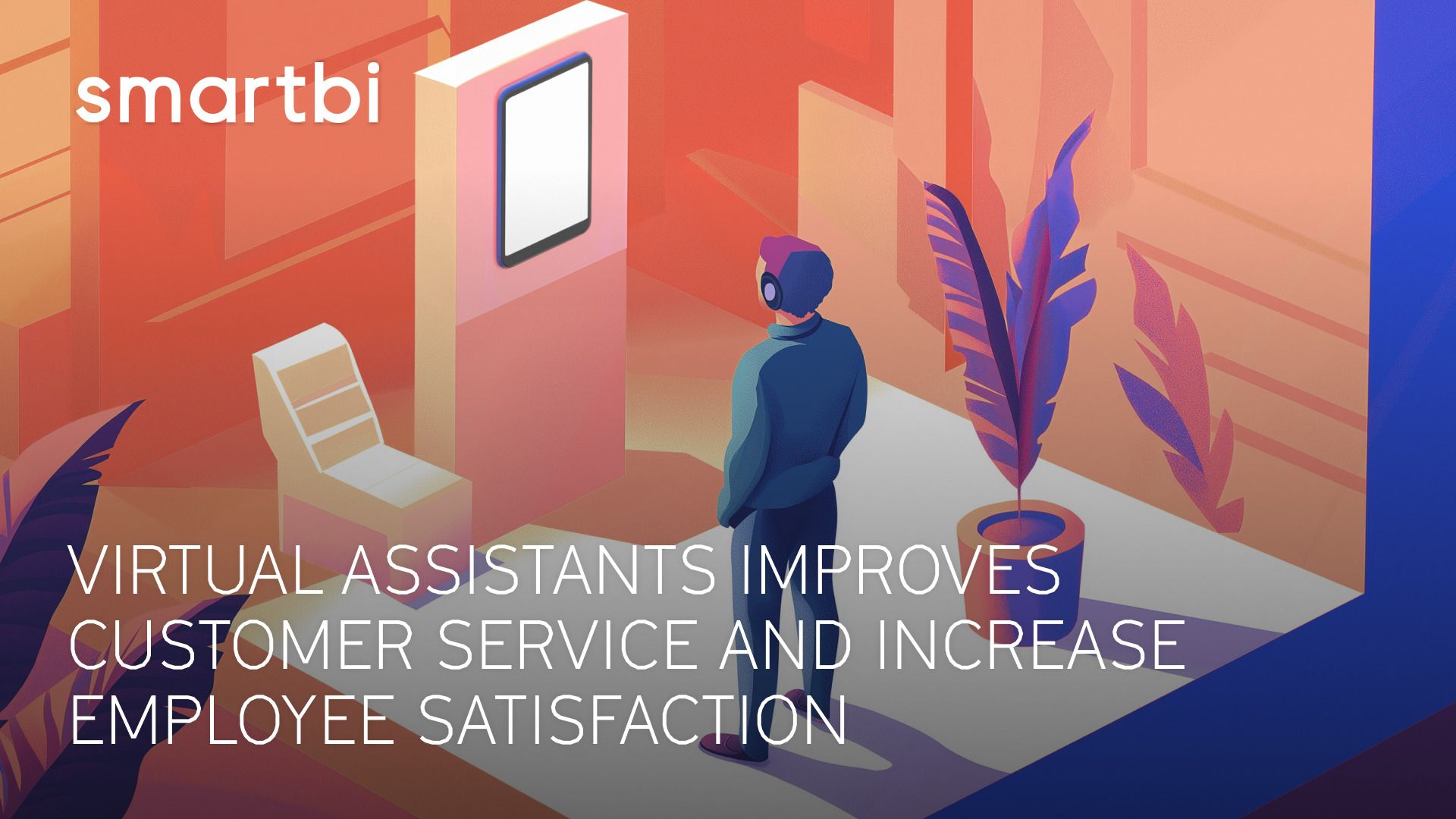
The modern customer service environment is both complex and challenging. Agents often have to search for information across multiple sources, and resolving a single issue might involve juggling an IBM Notes database, the company intranet, internal network drives, and Microsoft Teams. This process is time-consuming, stressful, and burdensome for employees, leading to a potential drop in job satisfaction, which can negatively impact both work quality and customer service.
To tackle these challenges, many industrial companies have adopted AI-based virtual assistants. The industry is increasingly focusing on the collaboration between AI and humans. A Harvard Business Review study found that companies see the greatest performance improvements when people and AI work together.
Virtual assistants improve operations across the value chain – Benefitting customers, businesses, and employees
Customers benefit immediately from more efficient sales and purchasing processes, as common questions receive quick responses, improving the overall customer experience. From a business perspective, virtual assistants offer a significant competitive advantage. Automating routine tasks frees up resources for more complex customer service and sales consultations.
For employees, the virtual assistant serves as a valuable aid in their daily tasks, increasing job satisfaction by reducing workload and making work more meaningful and efficient. According to a Salesforce survey, 84% of salespeople using generative technology report that it improves sales and accelerates customer interactions. Customer service professionals agree, with 90% stating that it helps them serve customers more quickly.
The first phase of building a virtual assistant – Preparatory work and piloting
Implementing a virtual assistant is a strategic process that requires a phased approach, beginning with thorough preparation, followed by application framework development, and culminating in continuous long-term iteration.
In the first phase, the focus is on building a foundation for implementation. This starts with evaluating how well the virtual assistant addresses key business challenges. Next, the data's availability, quality, and potential improvements are thoroughly assessed.
Over the past six years, we have built numerous custom virtual assistants based on different language models, with the most popular approach being to develop them with Azure cloud environments. The Large Language Model (LLM) market has recently diversified, and one of the most challenging decisions for companies is selecting the right model from the many available options.
The second phase focuses on execution: building the application framework and creating an MVP (minimum viable product). This involves developing the virtual assistant application's back-end and initial user interface, which form the foundation of the entire system. Simultaneously, the necessary cloud resources are deployed, and the application is integrated with essential data sources.
The application pilot is launched in the next phase, providing an opportunity to gather practical experience and valuable feedback. The virtual assistant's effectiveness hinges on its ability to deliver accurate and reliable information. At this stage, collaboration between humans and AI is essential, as users can flag incorrect responses and explain what needs to be corrected.
Storing conversation histories in secure databases is vital for this process. It enables performance analysis of the assistant, helps identify recurring patterns, and provides valuable data for ongoing development.
A virtual assistant is not just a technological project but a strategic decision
Building a virtual assistant is often a straightforward project, but developing it into a fully operational service at scale is a more complex process. While a simple prototype can be completed in a few weeks, creating a stable, accurate, and compliant version that truly scales to meet a company's needs can take several months.
A continuous development cycle is at the heart of a successful virtual assistant. Regular updates – adding new data and sources – ensure that AI models stay up to date and adapt to evolving business needs. This allows for expanding and fine-tuning the assistant's capabilities over time, keeping the system relevant and effective. It is crucial to recognize that integrating AI into a business requires long-term vision and strong company commitment.
Get in touchCould AI be applied to your business case?
Subscribe to the newsletter and learn how AI can solve business challenges.